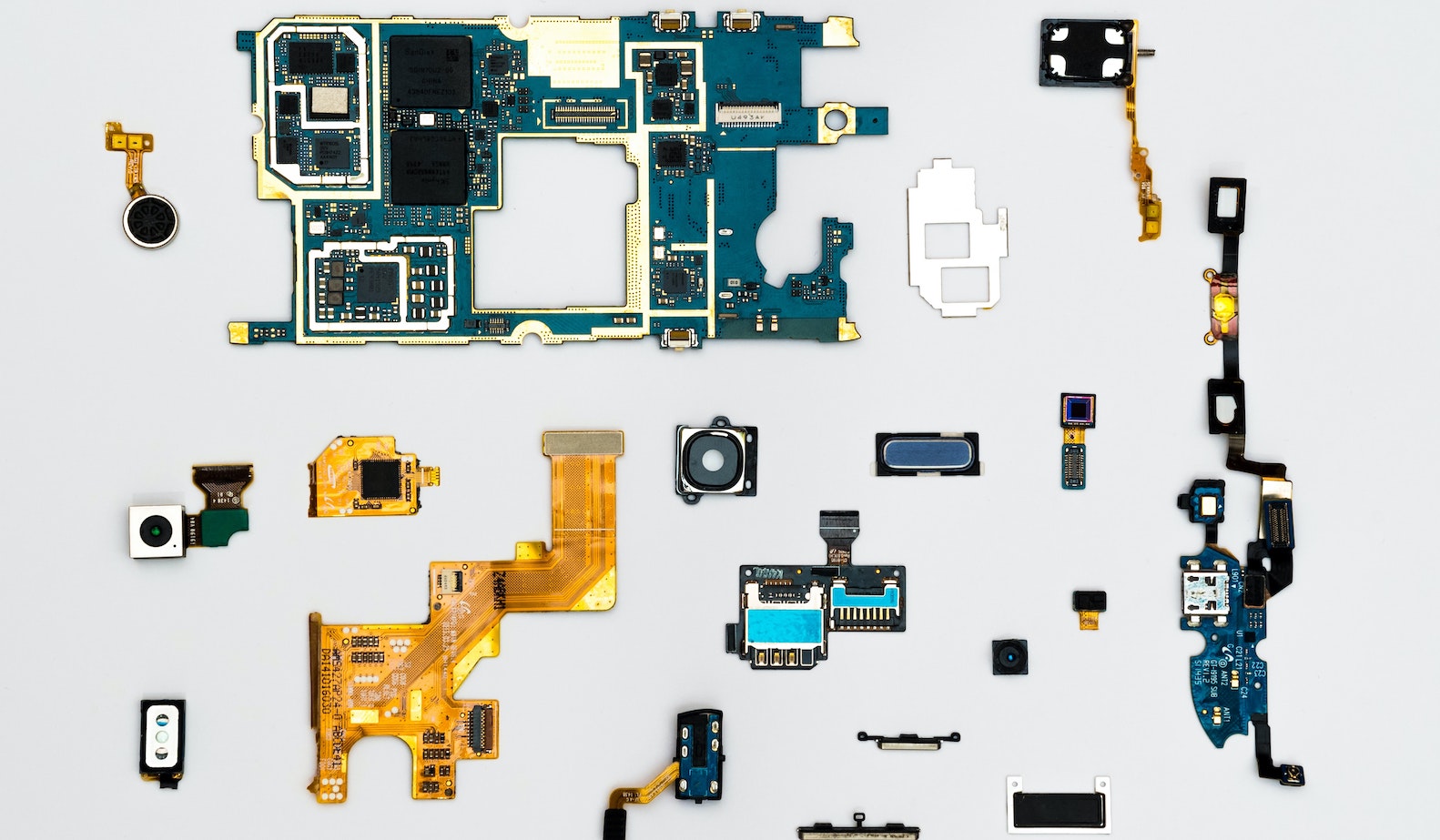The World Economic Forum estimates that by 2025 approximately 463 exabytes of data will be produced every day. To put that number in context: All the words ever spoken in human history can fit into FIVE exabytes.
Data is powering disruptive business models that account for sizable portions of our modern economies.
Data as we know it has gone through a number of transformations since the computer era began. Between 1969 and 2000, an era we'll call Data 1.0, data was largely confined to specific applications, such as online booking systems and payroll automation. The era of Data 2.0 arrived when business leaders realized that by sharing information across the organization, workers could be empowered to make more-informed decisions. This era sparked advancement in analytics and data warehousing and the rise of new methods, such as master data management (MDM).
The advent of social media and cloud computing and the explosion of mobile has now given rise to Data 3.0. With more data being produced than ever before, digital transformation is rapidly creating the businesses of the future.
With 4.8 billion (yes, billion with a “b”) internet users, people are generating data every minute of every day. But it’s not just us as individuals who are creating all this new data. The rise of Internet of Things (IoT) devices, which are able to connect to the cloud and share data with other devices, will mean connected humans will be massively outnumbered by connected machines, with some predicting 75 billion connected devices by 2025.
Disruptive businesses, such as Airbnb, Amazon and Uber, harness data and use it as the very architecture of the services provided. If traditional sectors, like insurance and banking, hope to keep up, it is imperative to find ways of leveraging the available data to deliver a better experience, a better product or even a whole new way of doing business.
See also: Why Becoming Data-Driven Is Crucial
You Can’t Use It if You Can’t Find It (Share It, or Trust It)
The growing reliance on data has taken the conversation about access and management out of IT and placed it firmly in the boardroom. CEOs now realize data management is as critical to future success as finance and talent management. Most importantly, leaders now understand that effective decision-making is based on accurate data.
Unfortunately, many organizations face a real challenge, with data trapped in separate systems and silos, both internally and off-site, and in a variety of forms. A company may be generating terabytes of useful information, but it can’t be analyzed if it can’t be located. Data fragmentation has become one of the biggest operational challenges facing companies looking to accelerate digital transformation.
More than just preventing good internal decision-making, fragmented or poorly managed data can affect how a business interacts with partners and within ecosystems. In a recent survey, Gartner found that 65% of decisions made are now more complex than just two years ago and involve more stakeholders than ever before. Gartner says that decisions need to “...become more connected and that sharing of data and insights across organizational boundaries is critical.”
In fact, Gartner predicts that in 2023, organizations promoting data sharing will outperform peers on most business value metrics. However, this compelling opportunity seems out of reach for most companies because, according to Gartner research, less than 5% of data-sharing programs can currently correctly identify trusted data and locate trusted data sources.
See also: Data Mesh: What It Is and Why It Matters
Taking Back the Power
When it comes to operationalizing the many benefits of Data 3.0, leaders need to first look at ways to regain control of existing or internal data. This will help optimize decision-making processes, as well as maximize the many benefits of working more closely with ecosystem partners.
Findings of the Dresner Advisory Associates’ 2020 Data Pipelines Market Study published in Forbes show that over 80% of enterprise business operations leaders say data integration is critical to operations. What’s more, 65% of organizations prefer to deploy data integration solutions from cloud platforms or hybrid cloud.
Modern hybrid integration platforms (HIPs) offer complex data processing with simplified usage and are simpler, faster and more powerful than traditional legacy-bound data solutions. HIPs can also be customized to meet specific goals, to reduce the need for businesses to invest in highly skilled developers and tech support teams by simplifying multiple data management functions and to operationalize data for other systems to use while continuing to advance the company’s broader digital transformation agenda.
There is no doubt that managing data is swiftly becoming one of the most important jobs in every business. There is already an extreme shortage of data scientists across industries, and the gap is growing every day.
With every human producing an average of 1.7MB of data every second, not having the right data solutions in place could be the most expensive mistake a business can make. HIPs can rapidly automate data and create a unified system that allows for the complete transformation of communication, ensuring the ability to get the right data to the right person at the right time to take advantage of critical insights and opportunities.








